Just got back from the Phoenix gun show today, the proud owner of a Winchester Model 63 .22 semiauto. I began to check out its manufacture date by the serial number; here's the chart I used.
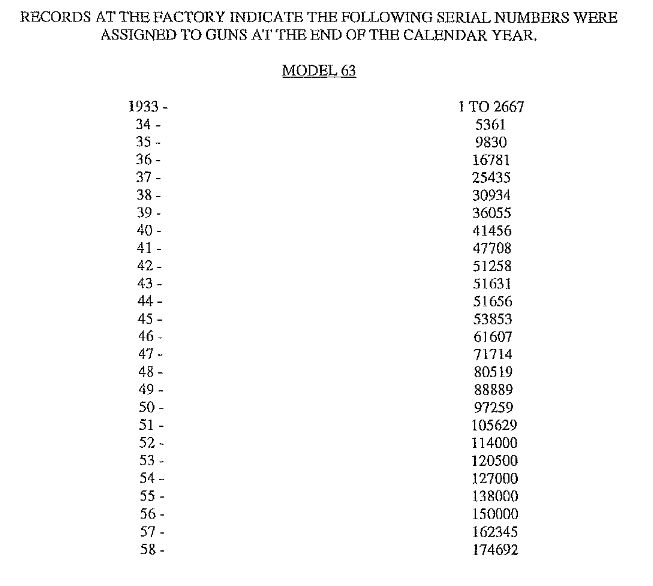
So far so good. I fully expected a 1958 manufacture date, as I knew that was the year they began grooving the receivers for scopes; 10,000 were so grooved; mine was grooved.
But here is the serial number, marked in two places underneath:
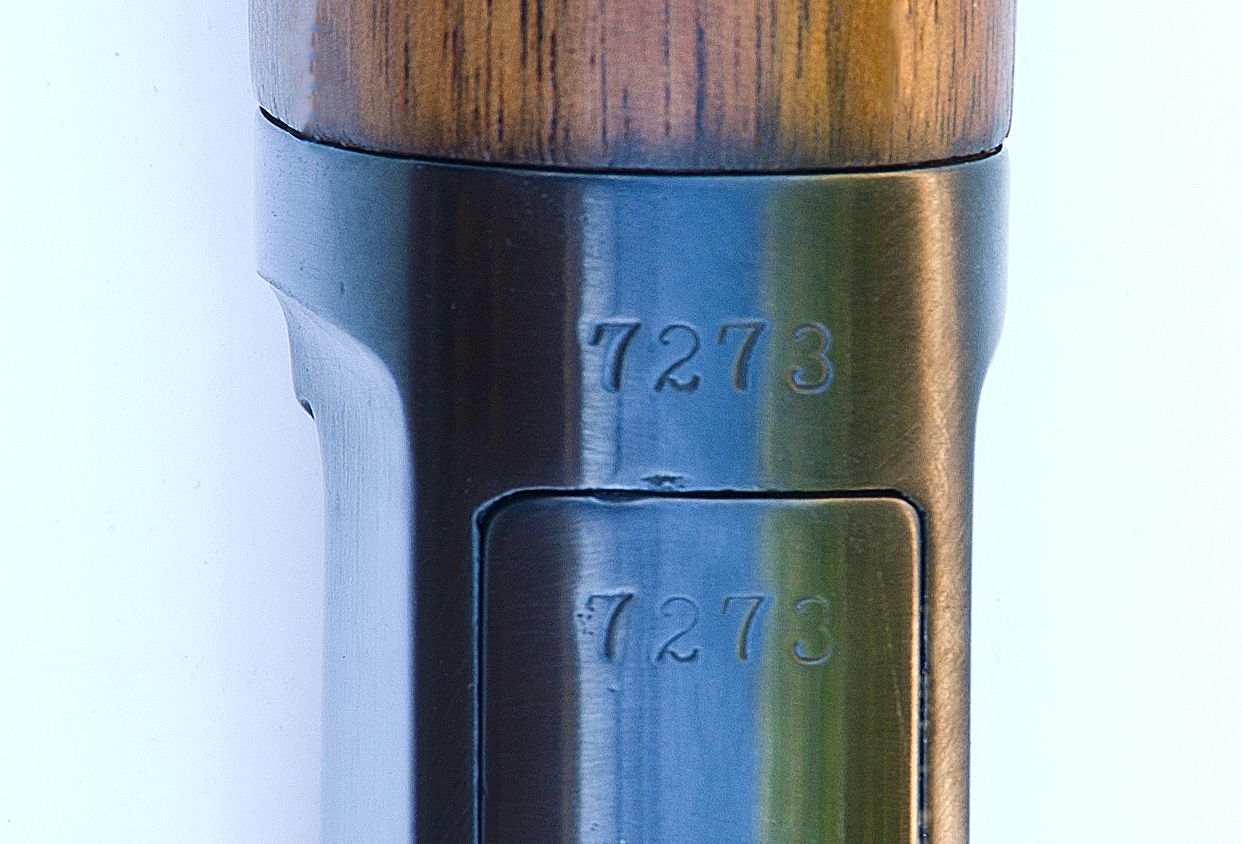
Now this is not one of the later-manufactured Japanese Winchesters - these were all marked "made in Japan" on the barrel, and the loading port is differently configured. From pictures I've seen, there is also no little screw in back of the extractor on the bolt on the Japanese guns.
Here are the barrel markings on my gun:
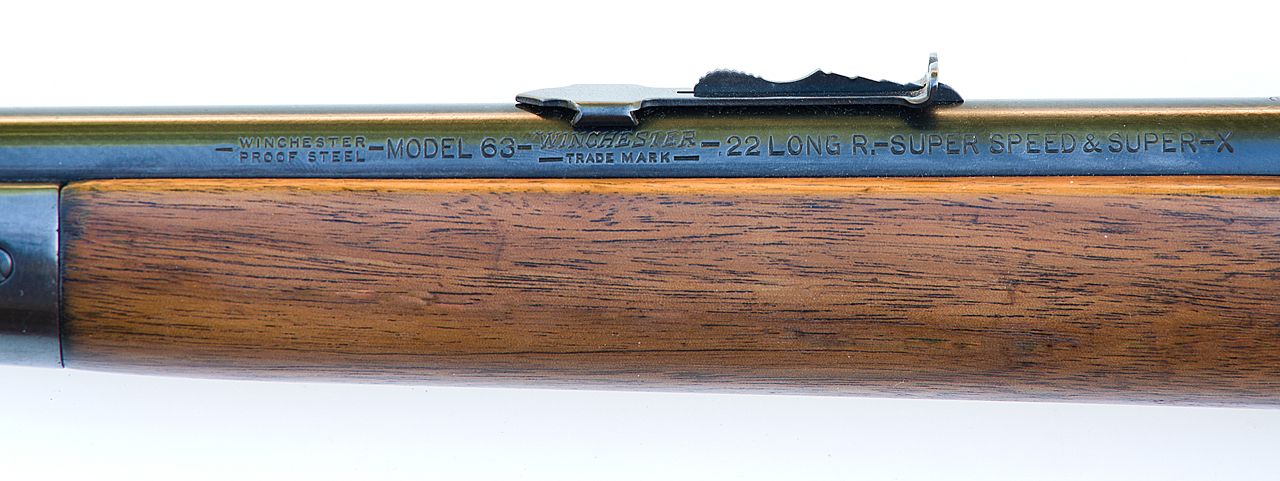
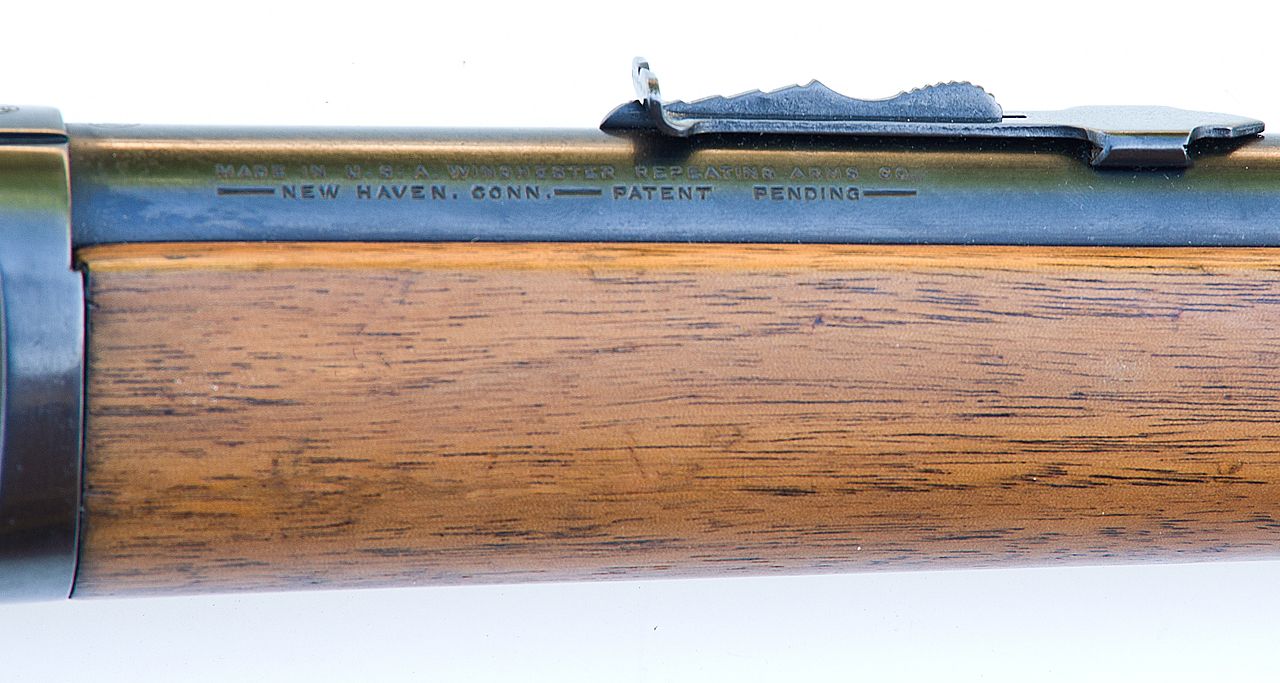
Here are some other pictures, of the gun and various features; the barrel length is the standard 23 inches:


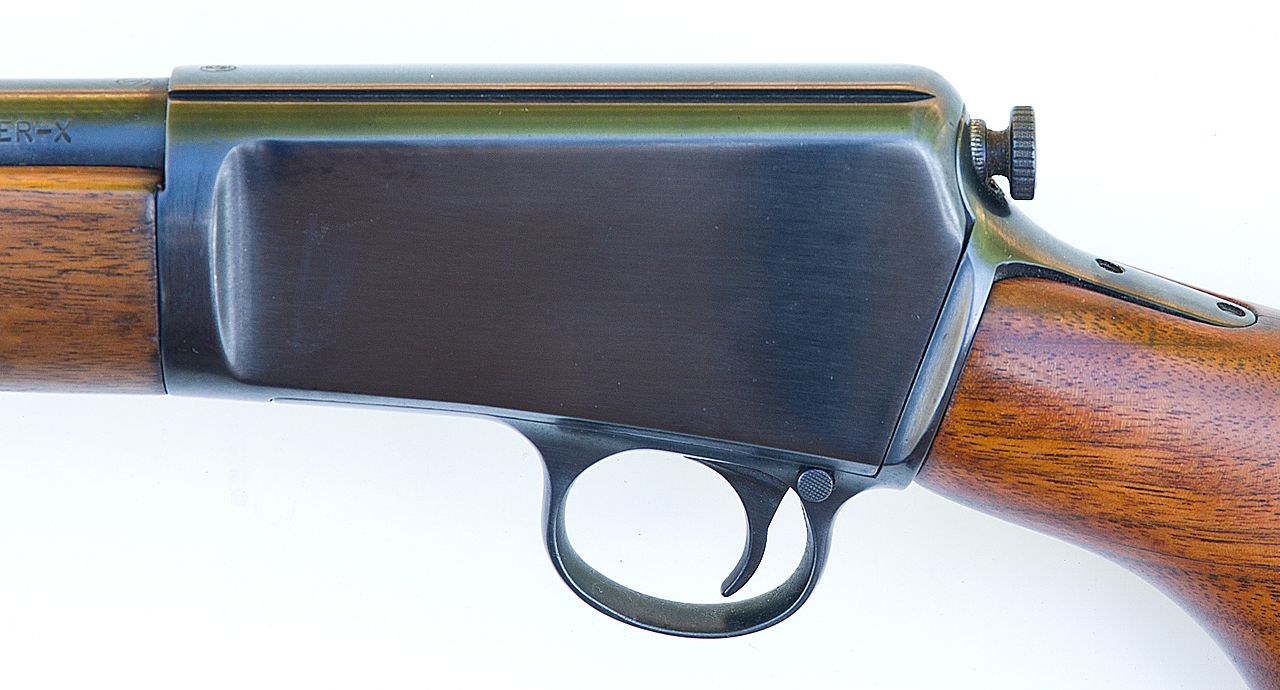
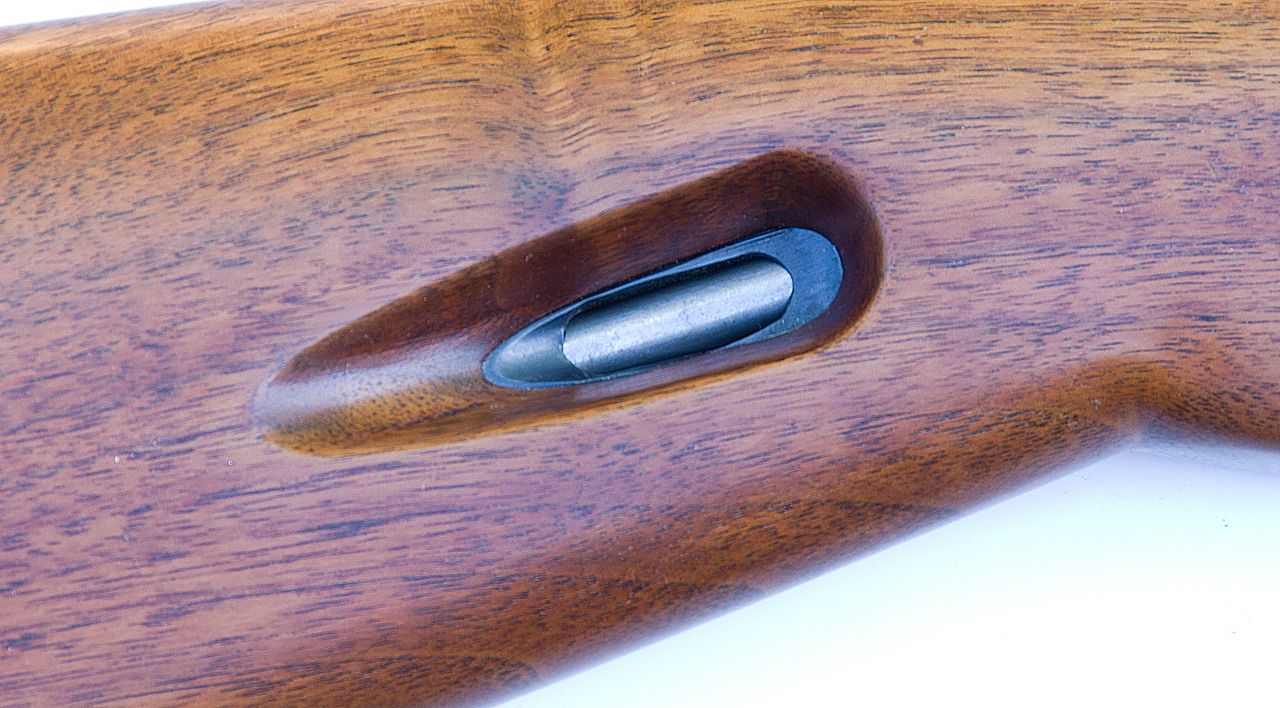
The buttplate is definitely ferric - it attracts a magnet -
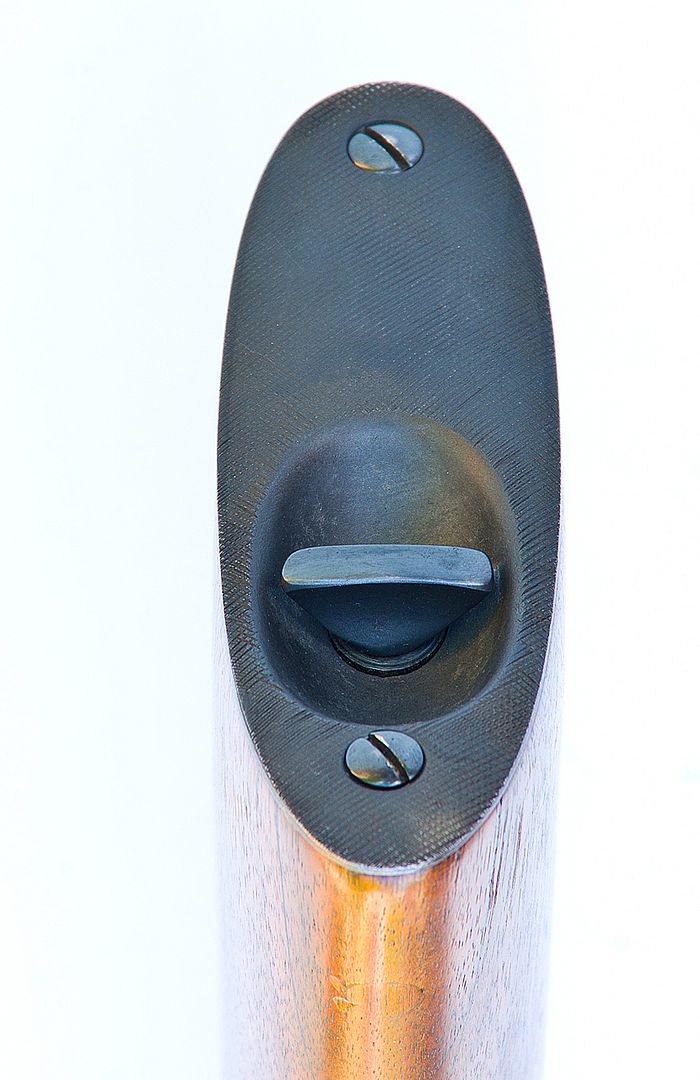
My opinion, and it is only that, is that Winchester omitted the digits "17" in front of my 4-digit number. Perhaps they initiated this practice when they grooved the receivers, as the guns could be easily traced to 1958 by that feature alone; they simply used a new 4 digit series as a cost-saving measure.
I would welcome opinions/comments from those more knowledgeable on the Winchester 63 - particularly from those who have grooved receiver guns. Thanks for your help!
John

So far so good. I fully expected a 1958 manufacture date, as I knew that was the year they began grooving the receivers for scopes; 10,000 were so grooved; mine was grooved.
But here is the serial number, marked in two places underneath:

Now this is not one of the later-manufactured Japanese Winchesters - these were all marked "made in Japan" on the barrel, and the loading port is differently configured. From pictures I've seen, there is also no little screw in back of the extractor on the bolt on the Japanese guns.
Here are the barrel markings on my gun:


Here are some other pictures, of the gun and various features; the barrel length is the standard 23 inches:




The buttplate is definitely ferric - it attracts a magnet -

My opinion, and it is only that, is that Winchester omitted the digits "17" in front of my 4-digit number. Perhaps they initiated this practice when they grooved the receivers, as the guns could be easily traced to 1958 by that feature alone; they simply used a new 4 digit series as a cost-saving measure.
I would welcome opinions/comments from those more knowledgeable on the Winchester 63 - particularly from those who have grooved receiver guns. Thanks for your help!
John


